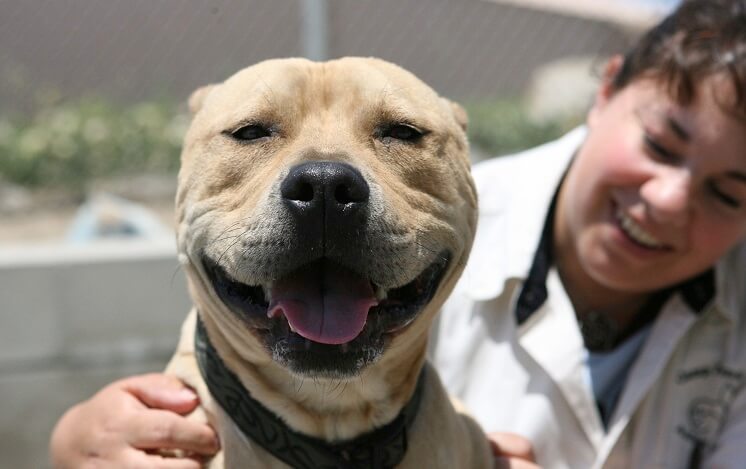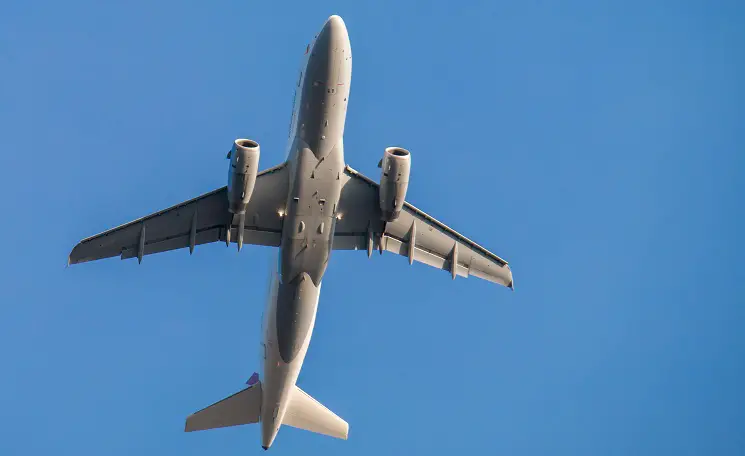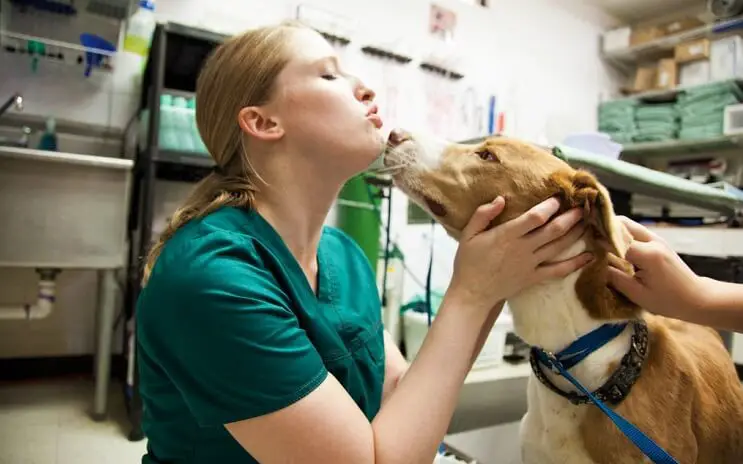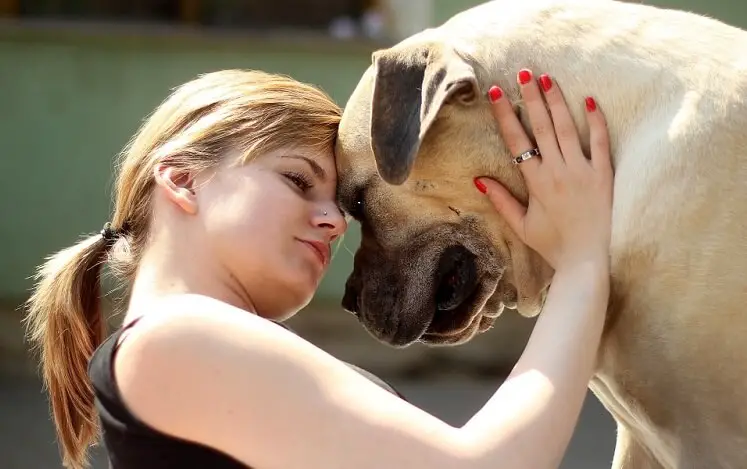Table of Contents
*This post may contain affiliate links. As an Amazon Associate we earn from qualifying purchases.
Going on a vacation is exciting, especially when you take your best friend. However, for some pet owners, traveling can be a source of high anxiety. Flying with large dog breeds can cause complications with airlines. This article discusses the best tips for flying with large dog breeds and which airlines will help you make your trip as worry-free as possible.

6 Tips for Flying with Large Dog Breeds
Tip 1: Select a Large Dog-friendly Airline

Many airlines have made it easy to travel with your furry friend. Unfortunately, most have a restrictive weight limit. Commercial airlines, such as American, Alaska, Delta, and United do make concessions for large dogs. American Airlines has the lowest weight capacity at 100 lbs, followed by Alaska at 150 pounds. Delta allows you to transport your dog in the cargo compartment without weight restrictions, though this reservation must be made in advance and is significantly more expensive.
Another option is to ship your pet prior to your flight. For example, United offers PetSafe, a program specializing in transporting your beloved dog in a climate-controlled, pressurized cabin.
Tip 2: Confirm Your Reservation and Additional Restrictions
Flight capacities and policies are constantly changing. Some airlines, such as Delta and United, require you to call in advance to book a reservation. Even if your airline does not specify reserving your pet’s transport, it’s a good idea to give them a call.
Most airlines have restrictions barring snub-nosed or flat-faced breeds from flying. These dogs are very susceptible to air quality and climate changes, making the flight a dangerous risk. Most restricted brachycephalic breeds are small, but you should call your airline to double-check their policy if you own a boxer or mastiff.
Airlines may have other variable policies that could make it difficult to fly with your dog, such as weather and cargo capacity requirements.
Tip 3: Buy an Appropriate Carrier for Flying with Large Dog Breeds

Luckily, most airlines follow the International Air Travel Association’s (IATA) regulations, making it easy to find a standard carrier for your flight. Your carrier must be composed of hard plastic, metal, or wood. The carrier must be ventilated on three sides but should be completely solid on top. Make sure the door is a metal grate, equipped with a spring mechanism.
Your dog’s size determines which tier you should purchase. He should be able to sit up fully, without the tips of his ears touching the ceiling. The carrier should be snug, but wide enough to allow your dog to spin around. Additional carrier requirements can be found on the IATA website.
Although carriers are not allowed to have wheels at the time of boarding, it might be a good idea to find one with detachable wheels. Keeping your dog inside the carrier before check-in is the safest practice, and can save him from unnecessary stress.
Tip 4: Visit Your Vet

Your dog will need to be up-to-date on his shots before you can fly with him. Every airline requires a rabies shot, but you should consider giving him a bordetella vaccine for kennel cough and flea and tick treatment. Some airlines also require a verified certificate of health. If you’re traveling internationally, you may need to procure a USDA-approved Interstate & International Certificate of Health Examination for Small Animals.
While you’re at the vet, you can discuss anti-anxiety treatment and tranquilizers for your dog’s trip. For dogs that can pose a danger to themselves, a medicine may be necessary. However, many experts do not recommend tranquilizers, due to the possible complications it could pose in-flight.
Tip 5: Pre-Flight Training
Desensitization before the flight can make flying with large dog breeds much easier. The more time you can commit to easing him into this experience, the more comfortable his flight will be. Consider every aspect of the flight, such as the crowded conditions, confinement, and motion. Make sure your dog is properly crate trained prior to his trip. Gradually introduce your dog to populated areas, where he can become accustomed to strange voices and sounds. Finally, try traveling with your dog in a car first, as long as he is safely secured. This will help him become adjusted to the constant motion of a plane.
Desensitization can be a long process, ranging from a couple of weeks to a few months. Each dog has different fears and moves at his own pace. However, the end result is a much happier dog. When you reach the airport, he will associate the experience with another round of training and will feel much more comfortable.
Tip 6: Investigate Calming Aids

Even with proper training, flying can be stressful. If you’re concerned about the negative side effects of tranquilizers, there are several natural methods for helping your dog relax. Pheromone spray is a popular natural relaxant. Pheromone sprays mimic the calming pheromones produced by mother dogs. There are many pheromone products available, such as Adaptil Spray and the Adaptil collar.
You can also try calming oils and herbs, such as lavender, chamomile, and valerian. Just keep in mind that your dog’s sense of smell is very acute, and a few drops will be more than enough.
Bottom Line
Air travel in itself can be stressful; flying with your large dog doesn’t need to be a nightmare as well. There are several airlines willing to accommodate your large furry friend and can provide a safe environment for him to ride in. Preparation is the key to flying successfully. Be sure to call ahead to learn about your dog’s specific requirements, and set aside a few minutes out of your day to prepare your dog for the massive journey ahead. Do you have experience flying with large dog breeds? Feel free to share some of the essential tips you’ve learned.

